
South Australia to power over 100 nuclear plants
An expansion of the world's largest uranium deposit wil allow South Australia to fuel a third of the world's nuclear power plants.
This was relayed by South Australia's Mineral and Resources Minister Tom Koutsantonis, says
Mining giant BHP Billiton plans a $30 billion expansion of the copper, uranium and gold project.
"Should the proposed expansion of the world's largest known uranium deposit at Olympic Dam progress as expected, then it's likely this state will be producing enough uranium to fuel a third of the world's 386 operating nuclear plants," Mr Koutsantonis told the Australia China Resources Symposium in Adelaide.
BHP Billiton has until the end of this year to give the final go ahead for the Olympic Dam expansion or face the need to renegotiate state government approvals.
Last year SA produced 4,520 tonnes of uranium, or just eight per cent of the global total and enough to fuel six one-gigawatt nuclear reactors.
For more.


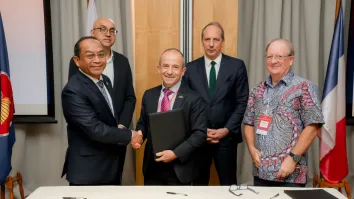







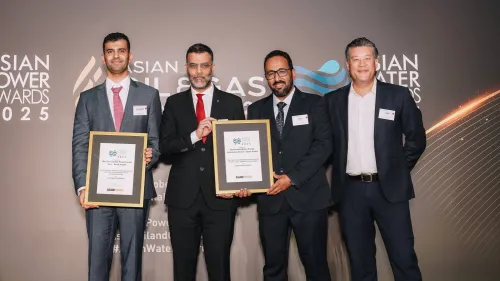
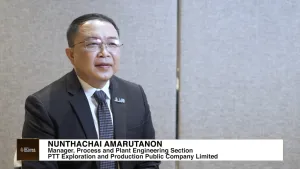
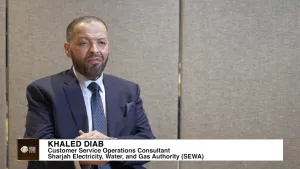



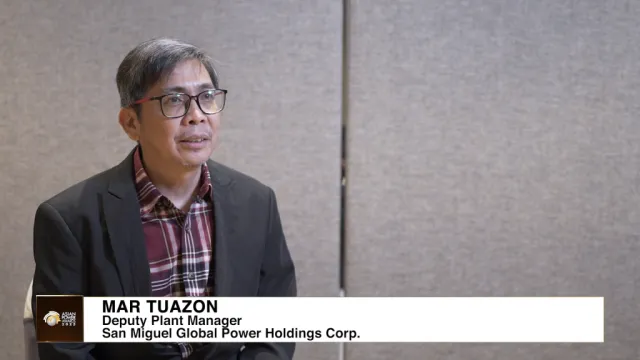
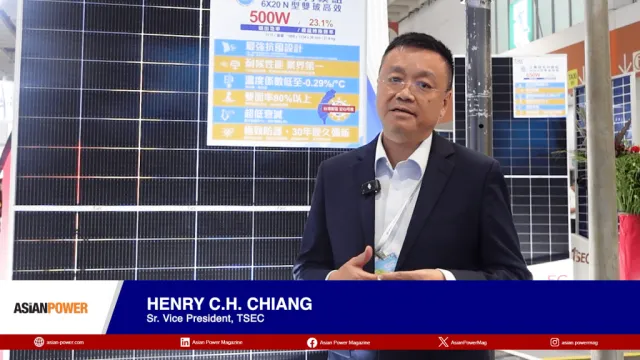

 Advertise
Advertise







